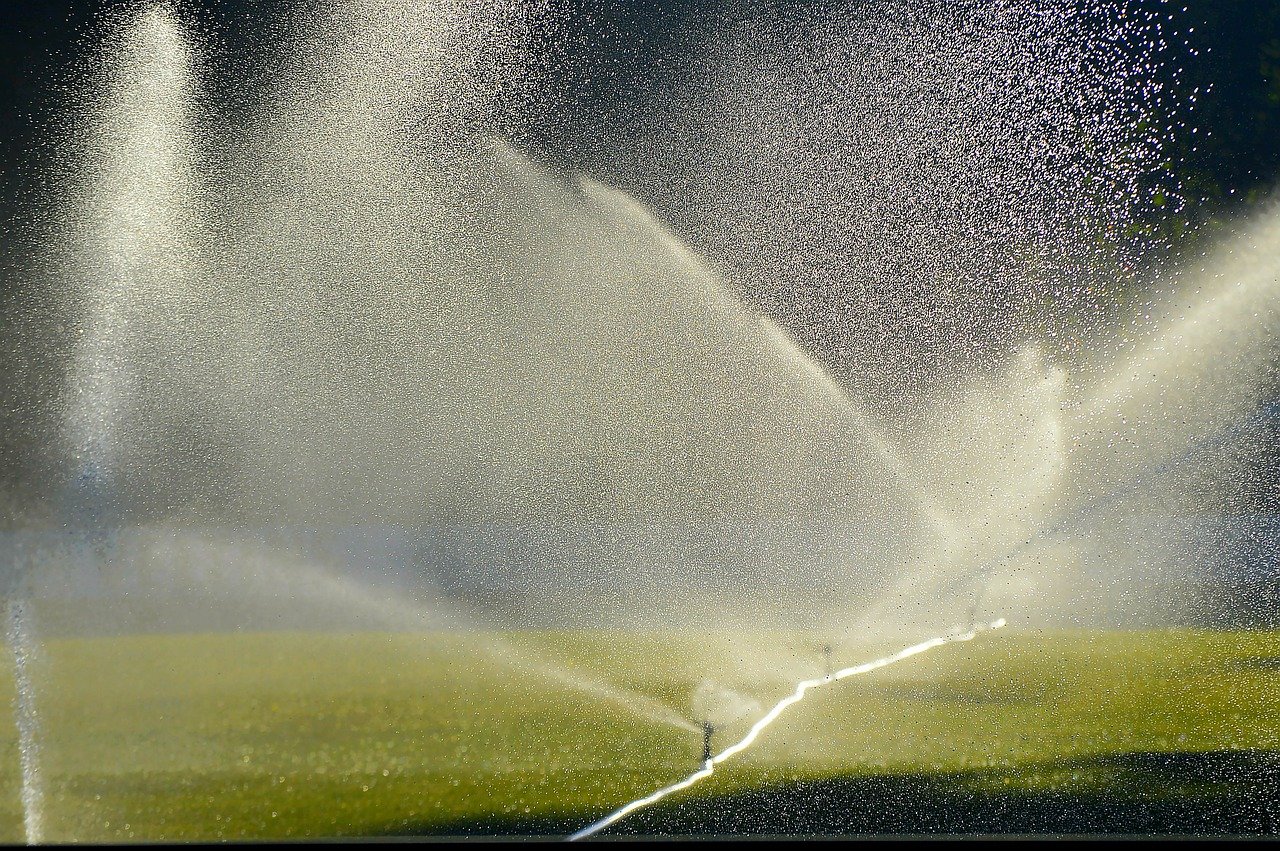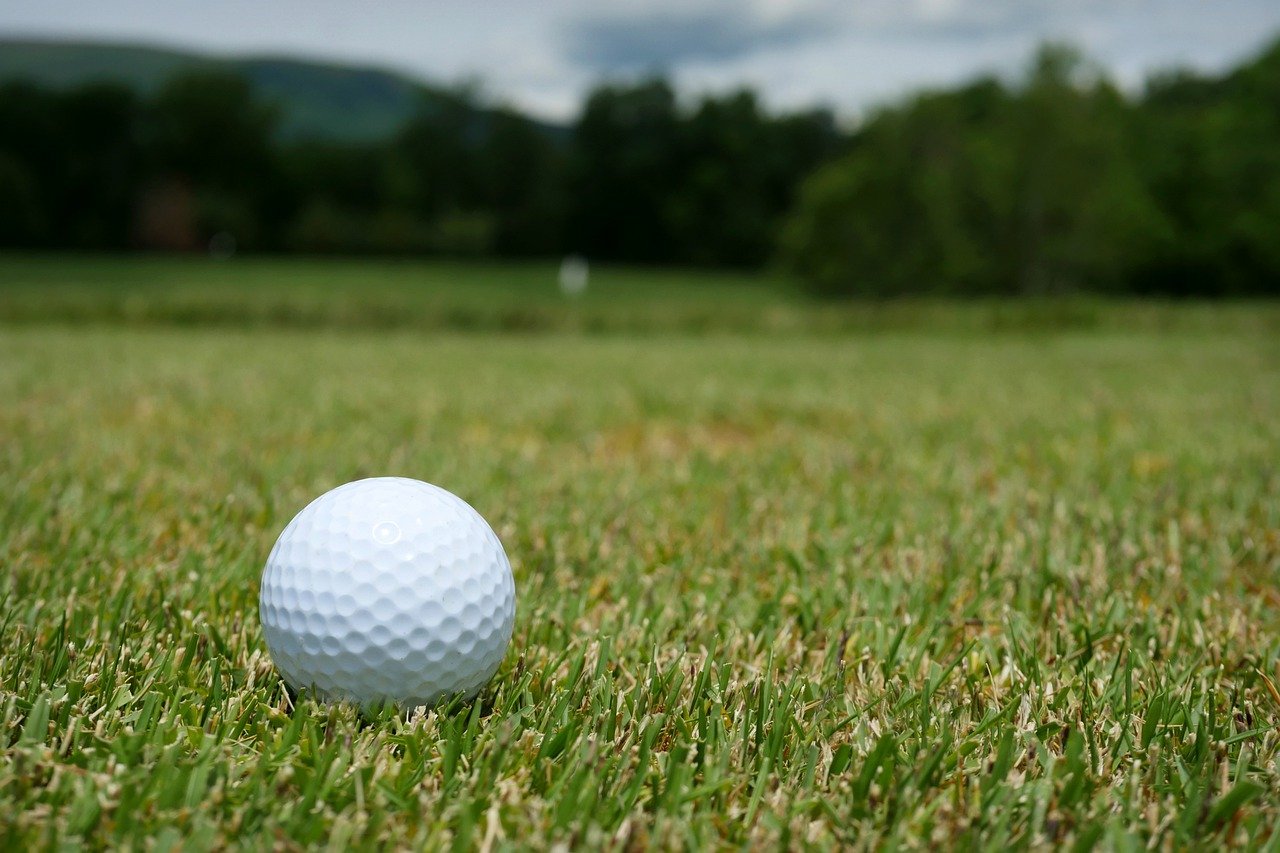According to the Collins English Dictionary, an irrigation system supplies the land with water by artificial means such as digging ditches or diverting canals and rivers in order to deliver water to promote the growth of food crops. Today, the principle is still the same, even though the methodology may have changed quite significantly.
Irrigation systems aren't only about watering crops, though. Landscapers also use them to water areas containing flowers, shrubs and trees, and private home and landowners use them to water their gardens.
Water is an essential element for sustaining life - both flora and fauna. Take ourselves, for example. The human body is made up of 70% water. Plants contain nearly 90% water. Even so, both animal and plant life rely on external sources of water for survival. When it comes to supplying water to plants and crops, the process is referred to as irrigation.
Areas of the world that have little seasonal rainfall are unable to sustain agriculture without some form of irrigation. As humankind began to expand and migrate, the need for irrigation became a matter of life or death.
The dawning of irrigation systems
The earliest forms of irrigation would have meant people carrying containers of water from lakes, rivers, springs or wells, not only for their own personal consumption but to sustain animals and crops.
As civilisation began to evolve and basic technologies were developed, populations in places like China and Egypt began to construct irrigation canals, dams, dykes and other facilities for the storage of water. The ancient Romans built their aqueducts to carry snowmelt water from the Alps to their towns and cities. Irrigation got underway in a serious way.
Modern Irrigation Systems
The modern irrigation systems of today, employ reservoirs, tanks, and wells as sources of irrigation water. Reservoirs may have aquifers (basins for collection snowmelt) or employ dams. As per our ancestors, canals are dug, and pipelines are laid to transport water from source to point of delivery.
Where possible, the force of gravity is made use of in the same way that is was used by the ancient Romans, or, pumps are used move the water to where it is needed.
There are various methods of crop irrigation. Probably the best known and most recognised methodology is the flooding of fields - like the paddy fields of Asia, used to grow rice. Other techniques include channelling water in between rows of crops, spraying water via large sprinkler systems, or engineering water to drop onto plants or seep into the soil.
Drip Irrigation Systems
When water is delivered to plants through pipes with small holes in them, it is known as drip irrigation. It focusses on delivering water to the plant itself and is one of the most efficient irrigation systems in the world today.
When water is simply sprayed onto an area of ground that contains plants, unless it is metered, there is an awful lot of water wastage, and with water being a commodity in limited supply, and in many areas, expense, it is an unforgivable waste of a valuable resource. The same goes for spraying water through sprinklers, as much is lost to evaporation.
Irrigation Systems for the Homeowner
Garden irrigation systems for the private homeowner are rapidly becoming a “must have” for anyone with more than a postage stamp of garden. It is being driven by people who are aware of conservation issues, and who are also looking to take some of the legwork out of the watering process. Watering can take a lot of time, dependent of course on the size of the garden - time which can be put to good use on other gardening tasks or jobs that need doing around the home.
Apart from the saving of time, the other big benefit of a garden irrigation system is its efficiency. If for example, you were to install a drip irrigation system instead of watering your garden using a hose, you would use as much as 90% less in terms of the volume of water. That is huge, not only in terms of green issues and conservation, but in terms of the cost of your water bill too.
Why Drip Irrigations Systems are So Efficient
To get the most out of a drip irrigation system, you need to lay a network of pipes around the garden area and then connect the drip emitters close to the base of the plants you wish to water. Drip emitters only release water slowly. It gives you a greater degree of control over the amount of water being delivered and significantly reduces water wastage.
There are other irrigation systems too that you can use. They may not be quite as efficient as drip irrigation, but they still save an awful amount of water as opposed to conventional watering by hose.
MicroJet Spray Systems
These systems deliver a fine spray of water to an area of up to 2 metres in radius. They are perfect for watering smaller areas containing plants. Although not as efficient as drip irrigation, they are easier to install and can be more cost-effective.
You can purchase premade micro-jets on stakes, complete with micro tubing which will reduce installation time even more. But if you prefer to customise your system as much as possible, you can buy the individual parts to construct as you see fit.
Mini Sprinkler Systems
Another option is mini sprinkler systems. These are suitable for larger ground areas of up to 10 metres in diameter. They work in a similar way to micro jets, but rather than emitting a fine spray; they throw our large droplets of water, still making them efficient against evaporation. They are also quicker to install than the other two options we discussed and can be bought premade or in component form.
Whatever ever the size of your garden, there is the right system or combination of irrigation systems out there that will save you time, energy, money, and precious water.


